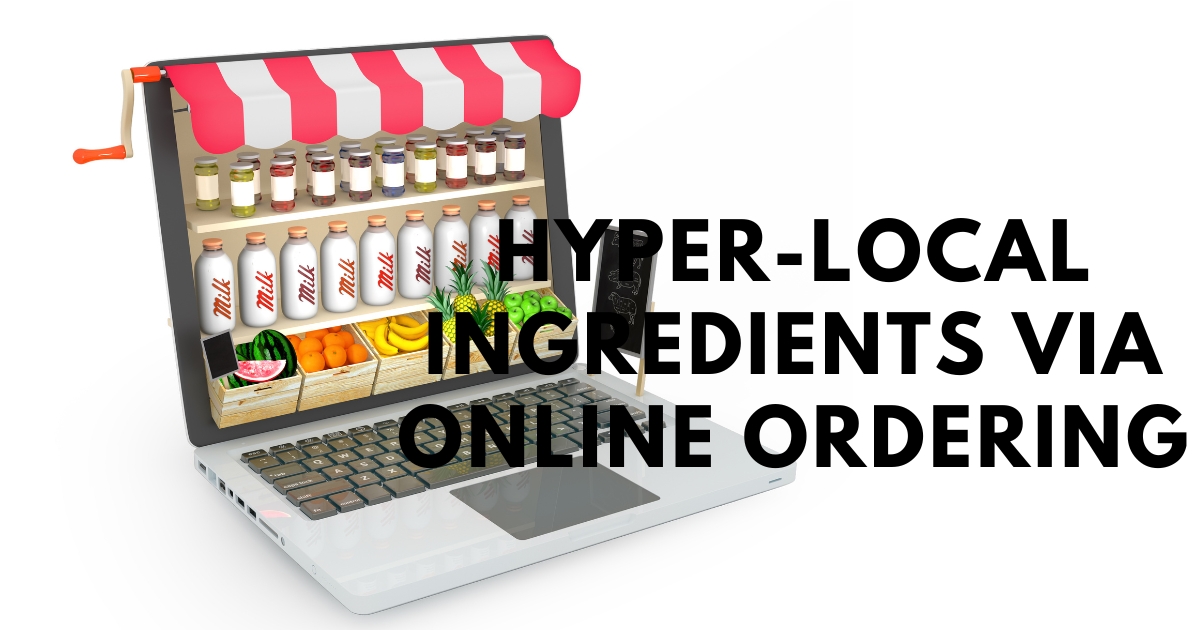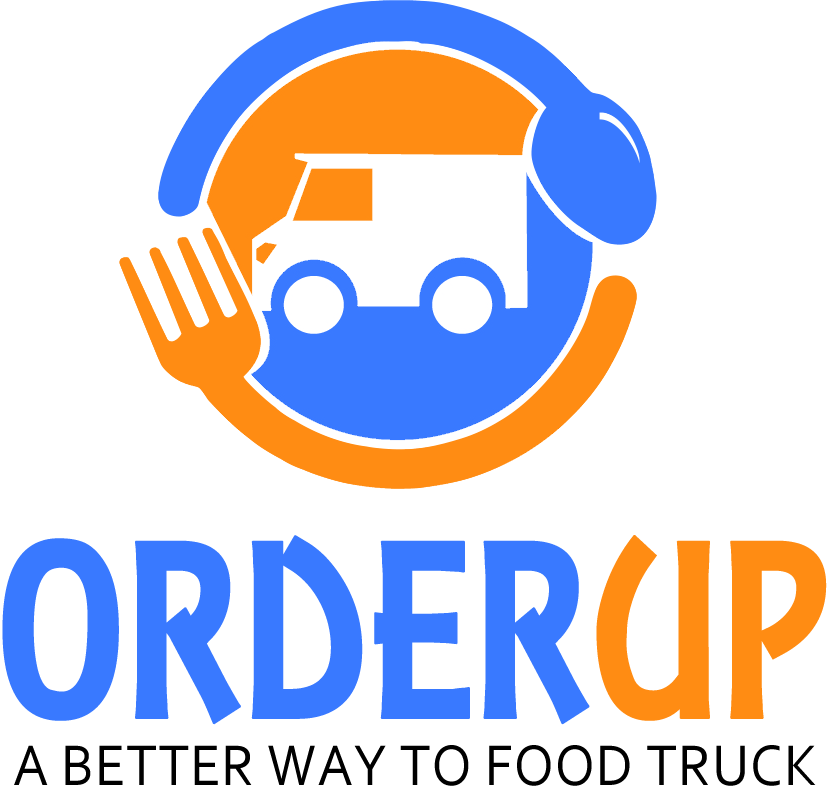Today’s food lovers care more than ever about what’s in their meals and where it comes from. As a result, more people now order food online and want ingredients that come from nearby. This trend called “hyper-local” means restaurants and food trucks get their ingredients from very close sources, sometimes just a few blocks away. Customers want fresh, honest food and love supporting local farmers and makers. When you mix that with the ease of online ordering, it creates a big opportunity for small food businesses.
What is the hyperlocal on-demand delivery model?
The hyperlocal on-demand delivery model focuses on serving specific local areas with fast delivery services. After COVID-19, more people started using apps to order groceries and other essentials. As a result, eCommerce has shifted from general delivery to quicker, local services. Now, platforms connect nearby buyers and sellers for faster trades—from home and personal care to food and grocery delivery. This model makes shopping easier, quicker, and more convenient by meeting local needs directly and efficiently.
Here’s a more detailed breakdown of how businesses can adapt:
1. Go Hyper-Local with Delivery
Focus on Speed:
Customers want their orders fast, so aim to deliver quickly ideally on the same day or even within the same hour.
Build Local Partnerships:
Work with nearby farmers and small businesses to get fresh ingredients and support your local community.
Use Smart Technology:
Make delivery smoother by using tools for route planning, live tracking, and automatic order handling.
Try a Hybrid Approach:
Mix your own stock with items from partners. This way, you can meet urgent needs while still offering more choices.
2. Improve the Online Ordering Experience
Make It Easy to Use:
Create a simple and clear website or app where customers can quickly find what they want and check out without hassle.
Give Smart Suggestions:
Use customer data to suggest items they might like based on their past orders and location.
Add Live Order Tracking:
Let customers track their orders in real time so they always know when their food will arrive.
Offer Flexible Payments:
Give people different ways to pay, like credit cards, mobile wallets, or cash, to match their preferences.
3. Use Technology to Improve Local Delivery
Start with Location Tools:
Use geolocation and geo-tagging to find exact customer addresses and choose the fastest delivery routes.
Add Smart Insights:
Apply machine learning and analytics to spot trends, manage stock better, and make smarter business choices.
Automate Key Tasks:
Save time and cut mistakes by automating things like assigning orders and planning delivery times.
Connect with IoT:
Use Internet of Things (IoT) devices to track your inventory, watch delivery conditions, and get real-time updates to help you make better decisions.
4. Prioritize the Customer Experience
Start with Contactless Delivery:
Give customers the option for contactless delivery to keep things safe and convenient.
Offer Great Customer Support:
Respond quickly to questions or problems so customers feel heard and valued.
Reward Loyal Customers:
Set up a loyalty program to thank repeat customers and keep them coming back.
Ask for Feedback:
Regularly collect customer feedback to find ways to improve your service.
Hyperlocal delivery Vs last-mile delivery
The eCommerce world uses many terms, and two that often confuse people are hyperlocal delivery and last-mile delivery. While they seem similar, they differ in how they work. Last-mile delivery involves moving parcels from a central hub to the customer’s door using courier fleets. It’s the final step in a longer supply chain.
On the other hand, hyperlocal delivery connects nearby vendors and customers. Delivery partners pick up goods directly from local sellers and deliver them quickly, often within hours making it faster and more localized than last-mile delivery.
The Role of Online Ordering Apps for Food Trucks
Food trucks rely on flexibility and local appeal, making them perfect for the hyper-local trend. Many now use apps to customize menus, highlight ingredients, and update items instantly. An online ordering app for food trucks helps vendors feature local partners, promote seasonal dishes, and serve more customers without slowing down. These apps also improve the ordering experience, turning first-time buyers into regulars. Plus, they collect helpful data if someone often orders tacos with local pork, the truck can suggest similar meals or offer targeted deals to keep them coming back.
Final Thoughts
Hyper-local ingredients and online ordering are here to stay. Customers want fresh, local food they can trust. When food businesses use smart digital tools and share their stories, they build stronger loyalty. Now is the time to go local, go digital, and serve great food that connects with the community.



